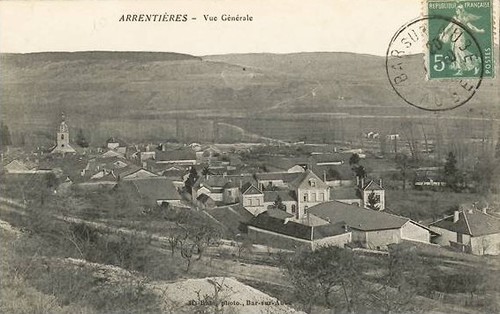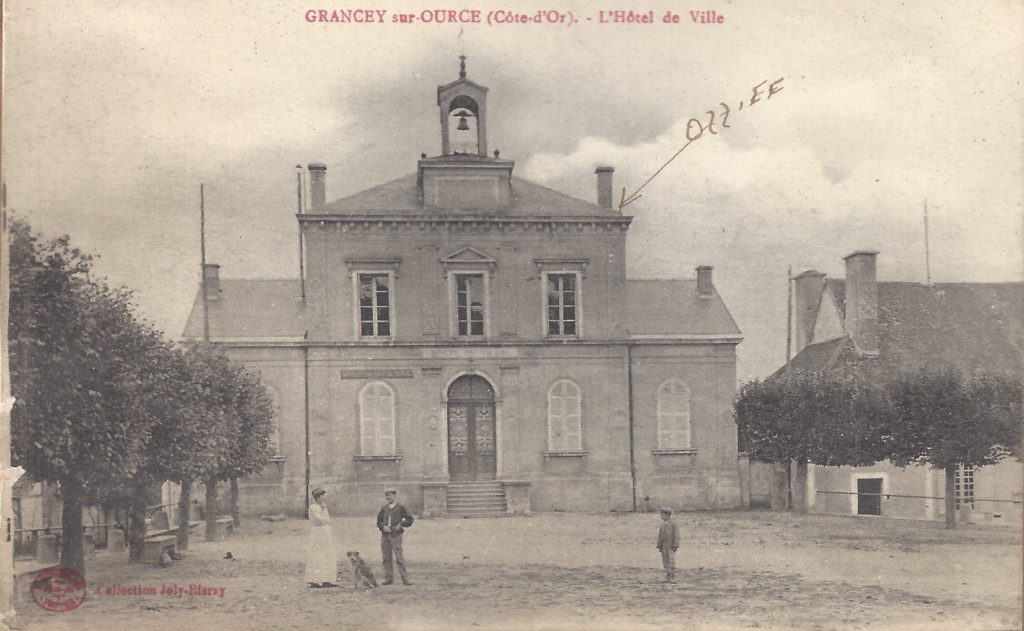
Fighting in Europe ended on November 11, 1918 with the signing of an Armistice between Allied and German armies. The Armistice did not end World War I, but it stopped the fighting until a peace agreement could be negotiated. In the meantime, Germany would lose its airplanes, capital ships and heavy weapons. A large part of Germany was about to be occupied by British, French, Belgian, and American troops. The years-long naval blockade of Germany was to continue until the peace treaty was signed.
Sergeant Major Otho Farrell had come through the war unharmed. He worked in the Headquarters of the 142nd Infantry Regiment, but that was no guarantee of safety. The Headquarters followed the fighting men at a reasonable distance. But the HQ was always in reach of German artillery. For example, on two occasions, October 7th and 22nd, German shells found the Headquarters area, resulting in fatalities.
Many of Otho Farrell’s army friends were from his hometown of Amarillo. Most of them were members of the 142nd Infantry’s Company G. This was the company that was first over the top in the first day of fighting, October 8th. Otho was an original member of the Seventh Texas Infantry, Company A, from which Company G was formed. This company lost many men and several friends died in the fighting.

More training
The 142nd Infantry remained in Louppy-le-Petit for seven days after learning the Armistice was signed. Training for the men continued, practice in attacking machine gun nests, scouting, patrolling and riflery. Soldiers of the 36th Division trained for war, but now that the fighting was over the training became an annoyance. On November 16th the 36th Division was transferred from the Second Army back to the First Army, with orders to withdraw from the front to the 16th Training Area around the town of Tonnerre, France.
The move to Tonnerre was greeted with enthusiasm by the men of the 36th, if for no other reason than that it was closer to home. The other Texas – Oklahoma division, the 90th Infantry, was selected to occupy part of Germany. It was an honor for the ‘Tough ‘Ombres’ of the 90th to be selected, and their résumé of seventy-five days under fire justified it. However, the men of the 36th Division were just as happy they were not wintering in Germany.

Marching orders
Just after two weeks’ stay in Louppy-le-Petit, the 142nd Infantry was on the march again. On November 18th, the regiment reached Brillon-en-Barrois, about thirteen miles away. The next night, they were in Allichamps, another eighteen miles. On November 20th, the 142nd marched to Dommartin-le-Franc, twelve miles. The next night, they were in Blumeray, eight miles. On the 22nd they marched to Arrentières, which was located in the division’s home of seven weeks, the 13th Training Area. Consequently, soldiers from the 36th Division took the night off to look up their French hosts from the previous summer.
That evening, tables were spread with what food was available and wine for a reunion. However, it was a bittersweet occasion, as French friends and neighbors asked about many soldiers only to be told that they had been killed in the war. Otho Farrell wrote home that “the people sure were glad to see us…tried some fine French cooking”. Many of the men in the 36th Division were treated to the same.

On the road again
The next morning the 142nd was on the road again, marching to Champignol-lez-Mondeville, another thirteen miles. On November 24th, they reached Grancey-sur-Ource, about fourteen miles away. Here they stayed an extra day and rested. On the 26th the 142nd reached Ricey-Haut, another fourteen miles.
The 16th Training Area was located between Paris and Dijon in the French countryside. The 36th Division were now very close. Hard marching had worn out the men’s boots, however the men were keeping up. On November 27th, the 142nd Infantry stayed in Chesley after a fourteen-mile march. On the 28th, Thanksgiving Day, the regiment began to arrive at their new home, Flogny-la-Chapelle. In ten days of marching, the 142nd Infantry had covered 130 miles.
